The Classroom of Babel - Learning Styles
Imagine you are a public-school teacher on the first day of class faced with 30 children, none of whom speak English. Worse yet, imagine that there were 3 unique languages spoken by the students with no language being spoken by more than a few students. How would you communicate? How would you teach?
More importantly, how would anyone learn?
Now ask yourself: Wouldn't teaching 30 utterly unique souls be somewhat akin to teaching our imaginary multi-lingual classroom? In addition to normal crowd control, behavior modification and refereeing, you would need to somehow unlock the mystery of communication and inspiration for each child.
Speaking their Language
Who is more qualified than you, the parents, to provide that environment?
You know your child the best. You know just how they like their breakfast in the morning, you know who their closest friends are, you know when they are overwhelmed and need some time for themselves. You know when they are frustrated with their schoolwork or their siblings. You know how they show and receive love. With some practice and careful attention, you can know their learning style, the subjects that are a breeze to them, and the ones that require a little more direction.
But homeschooling is important - just as important as parenting. Don't ever think you will be successful just because you are so very clever or so very educated. Ultimately, success will come because you love and understand your children enough to "speak their language."
That brings us to the ever-important question: What language do they speak?
The Learning Languages
Visual learners are the students who learn and absorb material the best when they can see the information. Graphs, videos, bright colors, or reading textbooks are examples. Generally, these students don't retain information well if it is only said aloud. Teaching your visual child how to turn information into a graph or picture, how to color code their notes, or turn important phrases, dates, or names into symbols or initials will help them retain the information they are learning. A whiteboard or artist's sketchbook may be helpful tools for visual learners to visually process their thoughts.
Auditory learners are the students who learn best by listening to and speaking about the material. Lectures, videos, audio books, music, and having discussions about the information will usually be most helpful. These students generally learn best if they can repeat the information audibly, whether through conversation or just repeating it aloud to themselves. They will typically retain more information from an audiobook or recording than from reading silently. Joining a class with other students for conversation's sake or using a recording device to record lectures to revisit later will be the most helpful tools for auditory learners.
Kinesthetic learners are the students who learn best by experience or doing things. Creative activities will catapult them into learning. They would best understand how a clock works by dismantling it and then rebuilding it. A budding kinesthetic biologist might learn best by having a diverse garden to take care of as they go through the curriculum. Movement and touch translate to learning and absorption for these learners. Acting out a scene of a play, pacing to memorize information, hand-on science labs, and active games will be the best tools for kinesthetic learners.
Mr. HomeScholar
"I just wanted you to know that while I have enjoyed your program very much, and that you have answered all of my transcript questions. I have 7 children and 5 of them still are waiting anxiously for their own graduation, so I will definitely remember you and what you have to offer, not to mention how much you have helped me already! I pray that the Lord continues to bless you and your family for your sincerity and willingness to give guidance and encouragement to others. With much gratefulness,"
~ Trish in Michigan

 Login
Login
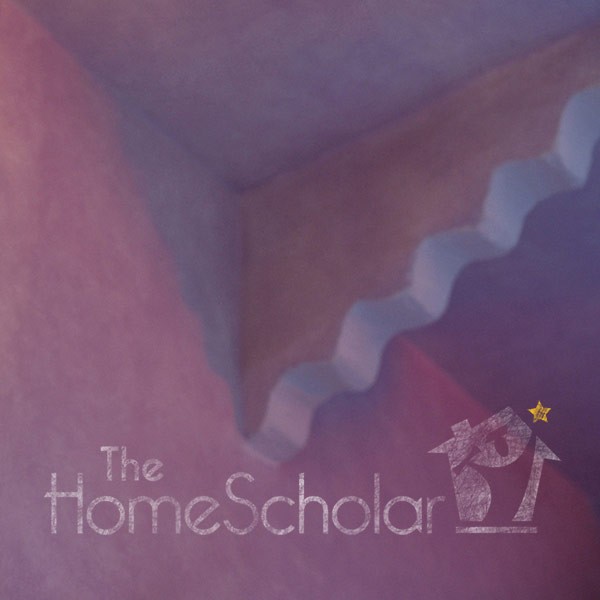
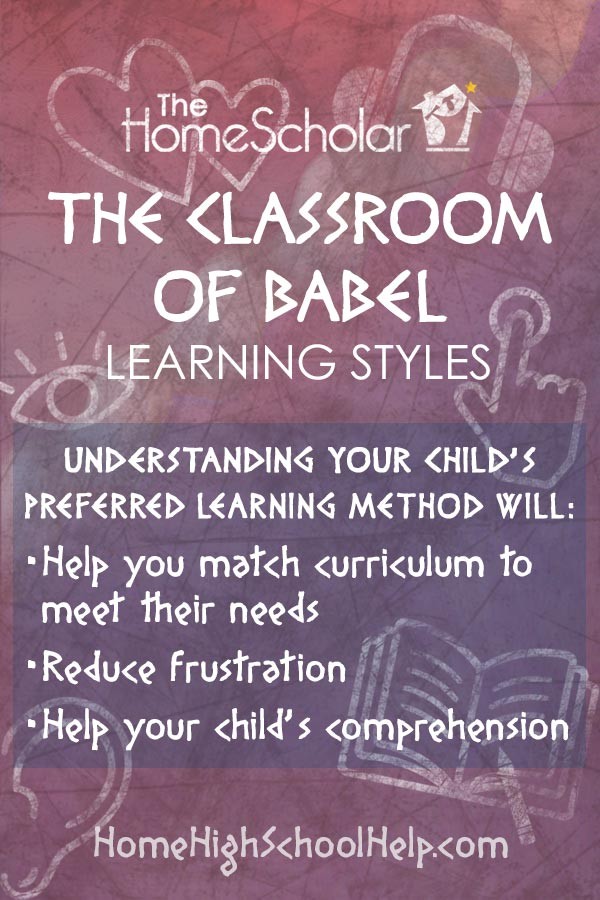
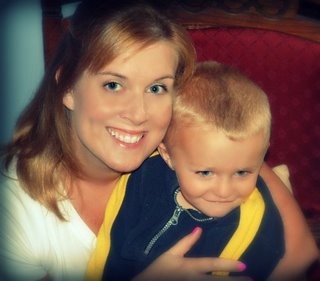
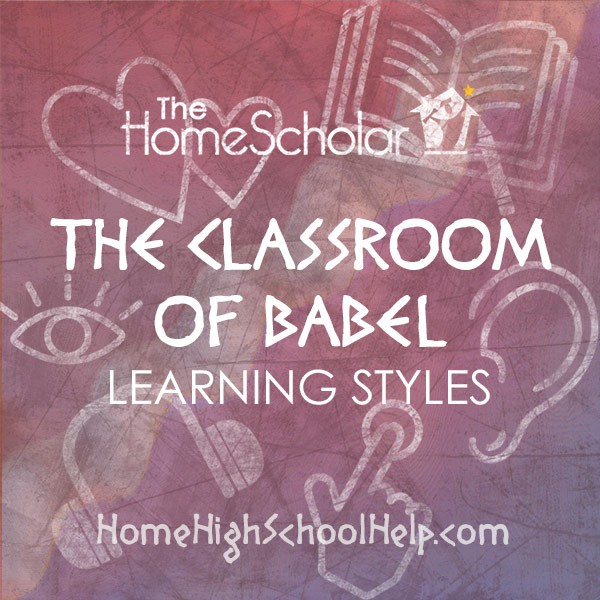



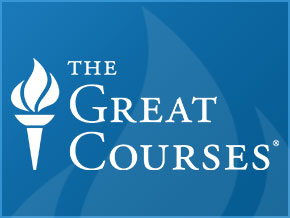
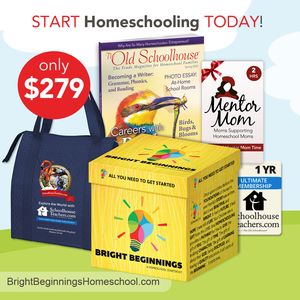
.jpg)

Comments